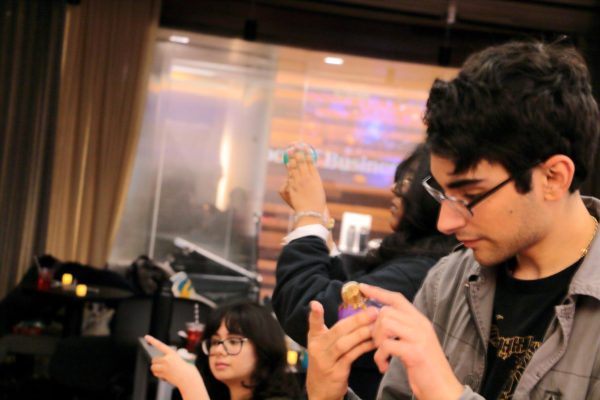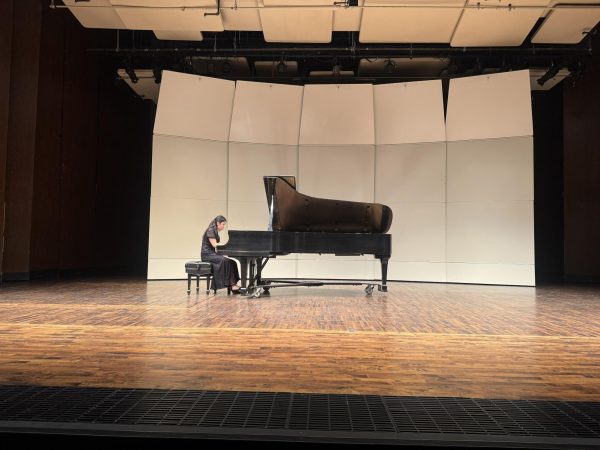Casual sex on the rise among emerging adults
In a society where young adults are figuring out what they want in their lives professionally, they are increasingly curious sexually. But the sexual stereotypes of college students may not necessarily hold up.
Recently, Sociology professor Dr. Heidi Lyons co-authored an article titled “Young Adult Casual Sexual Behavior Life-Course-Specific Motivations and Consequences” in which she found that there has been a change in that society encourages casual sexual behavior.
Lyons found in a sample collected from the Toledo Adolescent Relationship Study, 67 percent of sexually active 21-year-olds engage in casual sex.
Her research includes studying both emerging adults (ages 18-29) and adults older than that. She defines casual sex in terms of commitment and whether the person(s) are in a romantic, committed relationship or not.
One of Lyons’ findings was that emerging adults were more likely to have casual sex and older adults were far more likely to not use condoms when engaging in casual sex.
“We think there’s this increase in casual sex among college students,” Lyons said. “If I look across the education gradient comparing emerging adults who dropped out of high school, all the way up to currently enrolled in a four-year institution, community college, just high school graduates, college students have the least amount of casual sex in terms of lifetime vaginal partners, recent partners in the last 2 years, and oral partners.”
In this education gradient, high school dropouts were the most likely to have casual sex, according to Lyons.
Parts of these societal changes are attributed to the time span between sexual debut (losing your virginity) and getting married.
“Five years ago we hit the peak of marriage, people were getting way later,” Lyons said. “But, sexual debut is about 17 years old. People aren’t getting married; it’s about 27 for women, 29 for men. That’s 10 years.”
With such a time gap, Lyons said that this “area of opportunity” for casual sex is much larger than what it used to be in the 50’s where women were getting married at 18 and men at 20.
Marriage may seem daunting to who will be spending four to six years working to get a degree, according to Lyons.
“It just takes longer to get those requirements for full adulthood,” Lyons said. “It does seem like society has changed because we have shifted those adult markers older. It created a new space for identity exploration which includes sexual exploration is what I think.”
She further stated that she believes that these findings do not only apply to college students, but all emerging adults.
Through this research, Lyons believes there is an important lesson to be learned or message to send.
“Emerging adults aren’t looking at this as a risk behavior. They aren’t talking about pregnancy and they aren’t talking about getting an STD,” she said. “If we want to engage in helping emerging adults make healthy sexual behaviors, we need to take a more holistic approach, it can’t just be from a risk perspective.”





